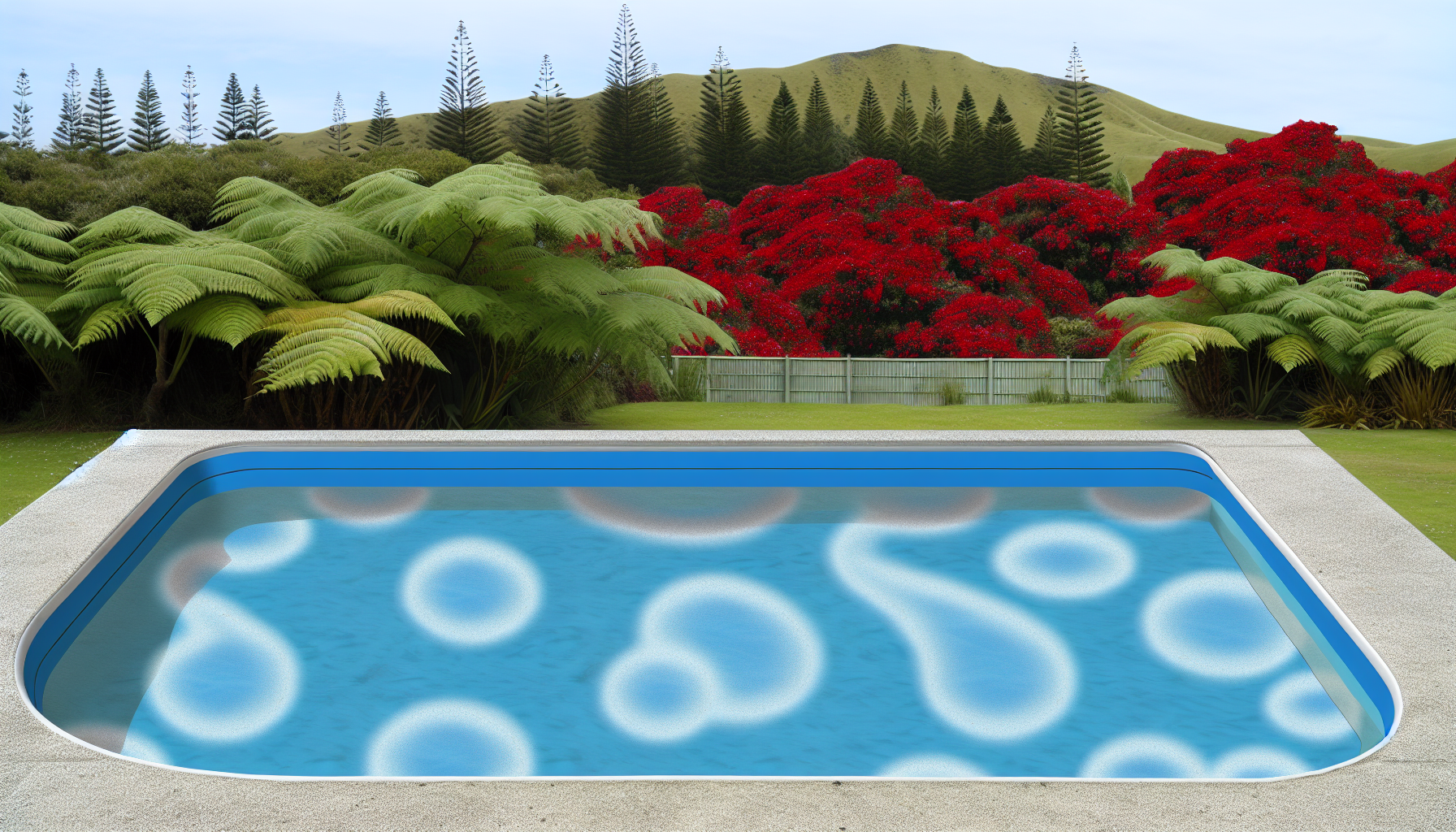If you’ve got a pool at home, you’ve probably heard about shocking it. But does pool shock actually raise chlorine levels? And is it something you need to do regularly? Let’s break it down in a way that actually makes sense.
Yes, Pool Shock Raises Chlorine Levels – But There’s More to It
Let’s cut to the chase—yes, pool shock does raise chlorine levels. That’s the whole point. When you shock your pool, you dump in a concentrated amount of chlorine (or a non-chlorine alternative) to get rid of bacteria, algae, and all the other gunk that builds up.
Think of it like deep-cleaning your kitchen. Regular wiping keeps things looking decent, but every now and then, you need a proper scrub-down. Your pool is the same. Regular chlorine keeps it ticking over, but shocking it now and then is what stops it from turning into a green swamp.
Why Would You Need to Shock the Pool?
Here’s when you should think about shocking your pool:
- After heavy use (like a big pool party)
- After heavy rain (which can throw off your chemistry)
- If the water starts smelling a bit funky (a sign of chloramine build-up)
- If algae appear (that weird green tint—never a good sign)
- If chlorine levels drop too low and need a quick boost
Basically, if your pool is looking a bit off or smelling not-so-fresh, shocking might be the best fix.
How Much Does It Raise the Chlorine Level?
So, how much chlorine are we talking? Well, it depends on how much shock you use. A standard dose can boost your chlorine levels up to 10 ppm (parts per million) or even higher for a super-shock treatment. New Zealand pool retailers like Swimart NZ or Pool & Spa Warehouse NZ often provide guidelines on dosage, so check with them for specifics.
But don’t just throw it in and jump straight in the pool. After shocking, you have to wait. The chlorine needs time to do its thing, and swimming in an over-chlorinated pool isn’t great for your skin or eyes. Most of the time, you’ll need to wait 12-24 hours and test the water before swimming again.
Wait, Could Too Much Shock Be a Bad Thing?
Yep. If you go overboard, you can mess up your water chemistry, making it hard to balance everything again. Too much chlorine can also irritate skin, damage pool liners, and even bleach swimsuits. Not ideal.
That’s why testing is important. Grab a test kit from Mitre 10 or Bunnings NZ and keep an eye on chlorine levels. Aim for a safe range (usually around 1-3 ppm for a standard pool) once the shock has worked its magic.
The Best Type of Shock for Your Pool
Not all pool shock is the same. The main two types in New Zealand are:
- Calcium Hypochlorite (Cal Hypo) – Strong, fast-acting, but can raise calcium levels, which isn’t ideal for hard water areas.
- Sodium Dichlor (Dichlor Shock) – Dissolves quickly, adds stabiliser, and is a bit gentler.
Some people opt for non-chlorine shock, especially in spa pools or for regular maintenance. If you’re not sure which one’s best for your pool, check with a specialist at Pool & Spa Warehouse NZ or chat with the staff at your local Swimart store.
The Bottom Line
Yes, pool shock raises chlorine levels—that’s the whole idea. But it’s not something you should overdo. Save it for when your water actually needs it, always test before and after, and don’t swim until the levels are back to normal. Treat it like a deep clean—necessary from time to time, but not something you want to go overboard with.
And if in doubt? Test your pool, check a reliable NZ pool supplier, and keep things balanced.


Leave a Reply